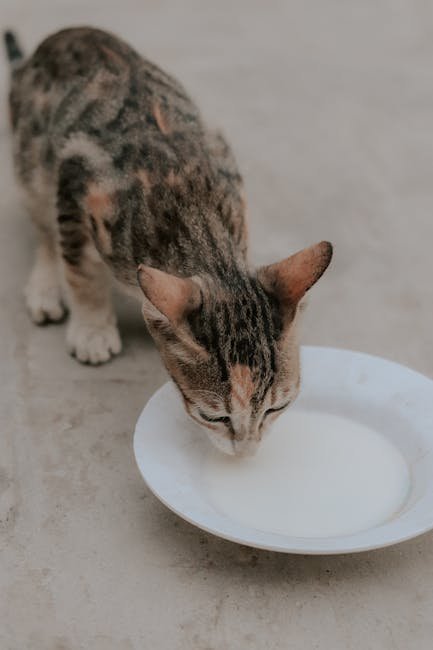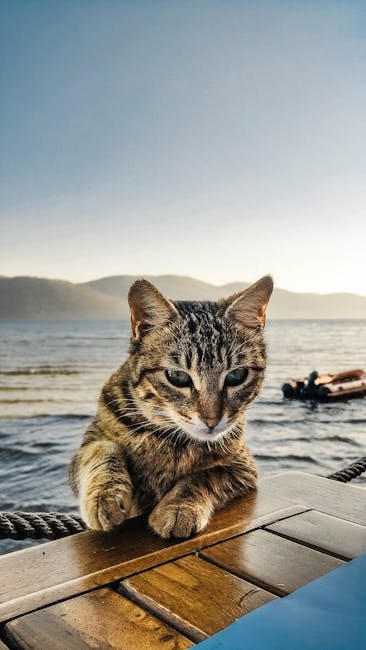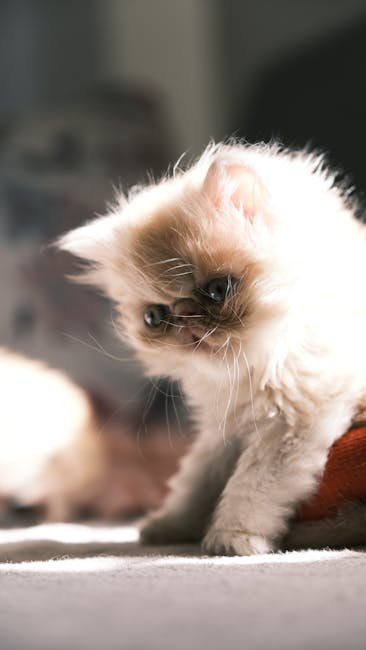Cats are known for their independent nature and mysterious behavior. One of the quirkiest habits pet owners often notice is their feline friend’s reluctance to drink water. While this may seem puzzling, it’s important to understand the reasons behind this behavior to ensure your cat’s health and well-being. Let’s dive into the intriguing world of cats and discover the reasons why they might turn their nose up at water.
Natural Instincts
Cats are descendants of desert-dwelling felines, which have adapted to survive in arid environments. This ancestral trait means that modern-day cats often have a lower thirst drive compared to other animals. They are naturally inclined to derive moisture from their food rather than drinking water. If your cat is on a wet food diet, this instinctual behavior is even more pronounced. However, it’s crucial to encourage water consumption to prevent dehydration, especially if your feline friend is primarily on a dry food diet. Understanding this instinct can help you devise strategies to ensure they stay hydrated.
Preference for Running Water
Have you ever noticed your cat’s fascination with the dripping tap or the toilet bowl? Cats are often attracted to running water due to its freshness and movement, which stimulates their curiosity. Stagnant water in a bowl may not appeal to them as much. Investing in a cat water fountain might be the solution your cat needs. The sound and movement of the water can entice them to drink more, ensuring they stay hydrated and healthy.
Bowl Shape and Size
The shape and size of a water bowl can significantly impact your cat’s willingness to drink. Cats have sensitive whiskers, and if their whiskers touch the sides of a bowl, it can be uncomfortable for them. This phenomenon, known as “whisker fatigue,” can deter them from drinking. Opt for wide, shallow bowls that allow your cat to drink without their whiskers touching the sides. This simple change can make a significant difference in their hydration habits.
Location of Water Bowl

The location of a water bowl can play a crucial role in your cat’s drinking habits. Cats prefer their water to be in a quiet, undisturbed area away from their food and litter box. Placing the water bowl in a high-traffic area or near their food might discourage them from drinking. Cats are creatures of habit and prefer a consistent, safe spot for their water. Experiment with different locations to see what your cat prefers.
Water Temperature

Cats can be quite particular about the temperature of their water. Some cats prefer their water to be cool, resembling fresh water from a natural source. If your cat seems disinterested in drinking, try adding a few ice cubes to their water bowl. This not only cools the water but also adds an element of play that might entice them to drink more. Monitoring the temperature of their water and making slight adjustments can encourage better hydration.
Cleanliness of Water

Cats are fastidious creatures, and the cleanliness of their water is paramount. If the water is stale or has debris, a cat may refuse to drink it. Regularly changing the water and cleaning the bowl ensures that your cat has access to fresh, appealing water. Some cats may even prefer filtered water, which removes any impurities that might alter the taste. Keeping the water clean is a simple yet effective way to encourage your cat to drink.
Medical Issues
Sometimes, a cat’s reluctance to drink water can be attributed to underlying medical issues. Conditions such as dental problems, kidney disease, or urinary tract infections can make drinking water uncomfortable or painful for your cat. If your cat’s water intake suddenly decreases, it’s essential to consult with a veterinarian to rule out any health concerns. Early detection and intervention can prevent more serious health issues down the line.
Dietary Factors
The type of diet your cat is on can influence their water consumption. Cats on a wet food diet receive a significant amount of moisture from their meals, which can reduce their need to drink additional water. On the other hand, cats on a dry food diet require more water to compensate for the lack of moisture in their food. Understanding the dietary factors at play can help you tailor your approach to ensure your cat stays hydrated.
Stress and Anxiety

Just like humans, cats can experience stress and anxiety, which can affect their behavior, including their drinking habits. Changes in the household, such as moving, new pets, or alterations in their environment, can cause stress. Providing a calm and stable environment, along with plenty of hiding spots, can help reduce stress levels. If you suspect anxiety is affecting your cat’s drinking habits, consult with a veterinarian or animal behaviorist for guidance.
Other Sources of Hydration
Cats are resourceful creatures and might find other sources of hydration that you are unaware of. They may drink from plant saucers, bathroom sinks, or even lick the condensation from windows. While these sources might suffice temporarily, it’s essential to ensure they have access to clean, fresh water at all times. Monitoring their behavior and providing appealing water options can help encourage proper hydration.
In conclusion, understanding why your cat might refuse to drink water is key to ensuring their health and well-being. By addressing these potential reasons, you can help your cat develop healthy hydration habits.
Hi, I’m Bola, a passionate writer and creative strategist with a knack for crafting compelling content that educates, inspires, and connects. Over the years, I’ve honed my skills across various writing fields, including content creation, copywriting, online course development, and video scriptwriting.
When I’m not at my desk, you’ll find me exploring new ideas, reading books, or brainstorming creative ways to solve challenges. I believe that words have the power to transform, and I’m here to help you leverage that power for success.
Thanks for stopping by, Keep coming to this website to checkout new articles form me. You’d always love it!






